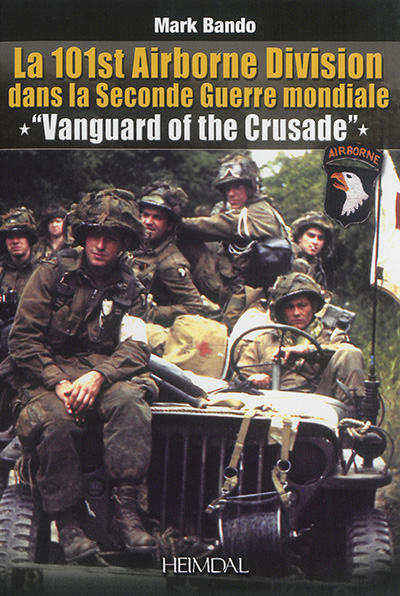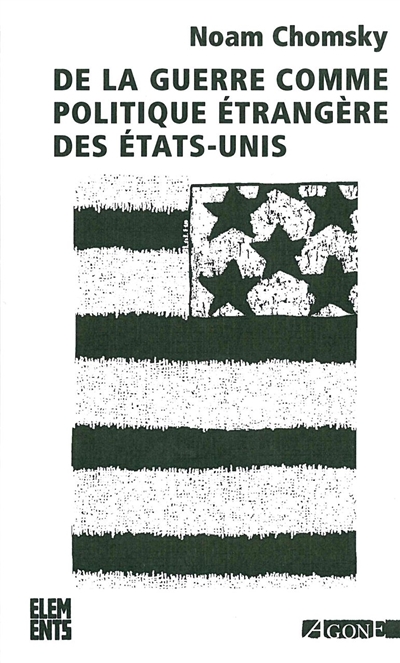par Glatthaar, Joseph T. (1956-....)
Oxford University Press
2018 -
-
Disponible - 973-1 GLA
Niveau 2 - Histoire
Résumé : Since the first English settlers landed at Jamestown with the legacy of centuries of European warfare in tow, the military has been an omnipresent part of America. In The American Military: A Concise History, Joseph T. Glatthaar explores this relationship from its origins in the thirteen colonies to today's ongoing conflicts in the Middle East. Colonial Americans struggled to reconcile the rights of the citizenry to form local militias with the existence of a standing army, viewing it as a threat to civil liberty. This tension played out during the Revolution as General Washington's rag-tag band of "Continentals" was largely neglected by the public as it bravely faced the British redcoats. The Founding Fathers attempted to strike a balance, enshrining an army, navy, and a "well regulated Militia" in the Constitution. As such, the United States soon witnessed the rise of a professional military, with its commitment to selectivity and expertise, a boon to the nation's successes in the War of 1812, the Mexican War, and the Civil War to come. This system would give rise to great generals such as Ulysses S. Grant and Robert E. Lee, both graduates of West Point, and great naval commanders such as Matthew Perry, hero of the Battle of Lake Erie. As a testament to this system, the officer corps would lead the immense armies and ships of the Union and Confederacy with skill and professionalism. However, the United States quickly dismantled the world's finest army and navy after the war—but soon learned that the purpose of a peacetime army is to prepare for war. When war did arrive, it arrived with a vengeance, gutting the trenches of the Great War with effective innovations: tanks, planes, machine guns, and poison gas. The U.S. military strategically embraced the technology that would win both world wars. From the great aircraft carriers of the Pacific, the Sherman tanks of the Allied front, to the finality of the atomic bomb, this turn to technology changed the nature of battle in the Second World War. The nuclear era brought encounters defined by stalemate—from the damaging Cold War conflicts of Korea and Vietnam, and an all-time high in hostility towards the military during Vietnam, to the current engagements in Afghanistan and Iraq. Since the events of 9/11, the United States has been frustrated by unconventional warfare, including terrorism and cyberwar, largely negating the technological advantage it has held since the Second World War. Glatthaar examines this challenge, looking to the future of the U.S. military and its often proud and complicated legacy. - Note de l'éditeur

 Les bibliothèques de prêt de la ville de Paris
Les bibliothèques de prêt de la ville de Paris
 Les bibliothèques universitaires
Les bibliothèques universitaires
 La BnF
La BnF
 L'encyclopédie Wikipédia
L'encyclopédie Wikipédia
 L'Encyclopædia Universalis
L'Encyclopædia Universalis
 La bibliothèque du film
La bibliothèque du film
 La bibliothèque du cinéma François Truffaut
La bibliothèque du cinéma François Truffaut
 La médiathèque musicale de Paris
La médiathèque musicale de Paris
 La médiathèque de la Philharmonie de Paris
La médiathèque de la Philharmonie de Paris














